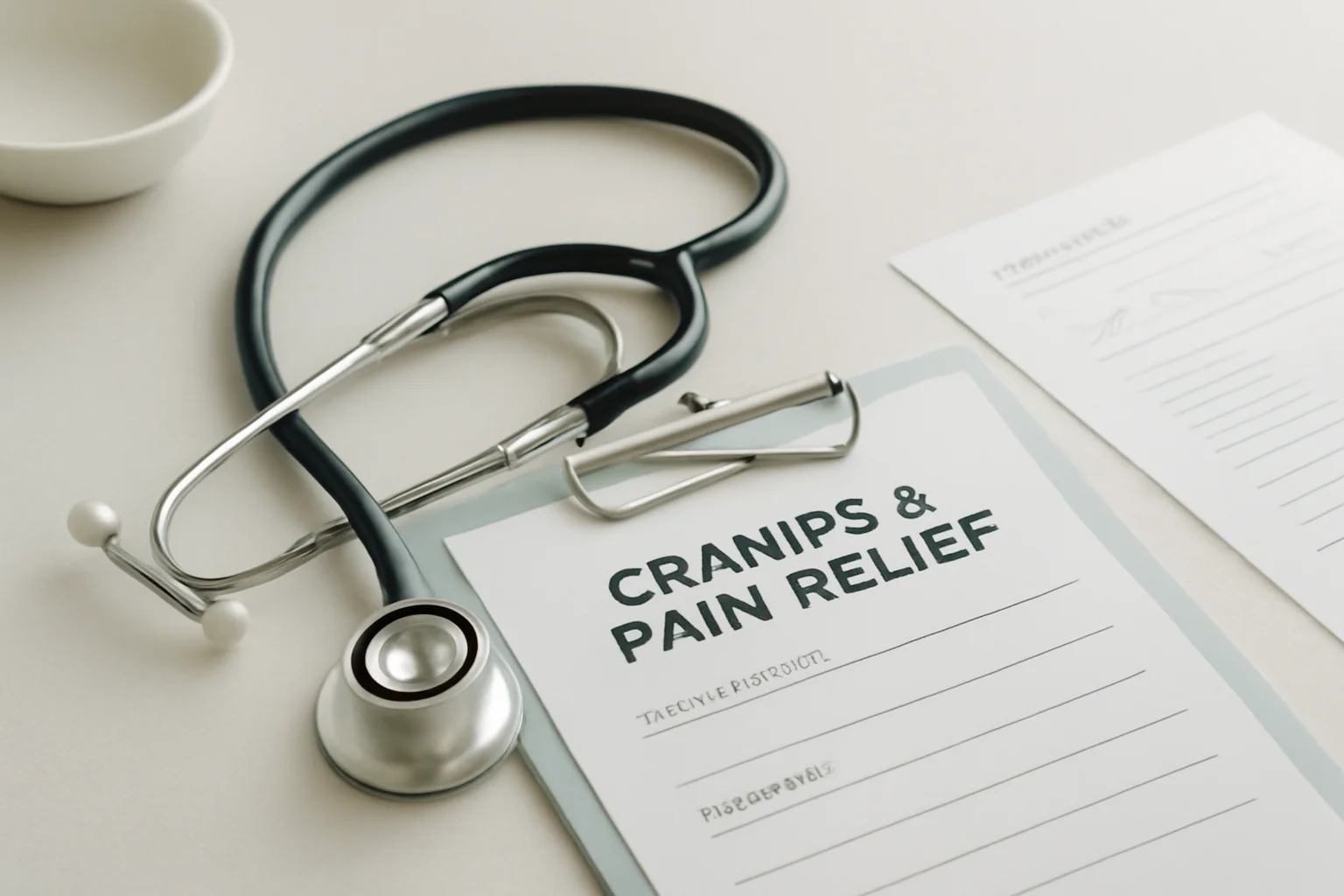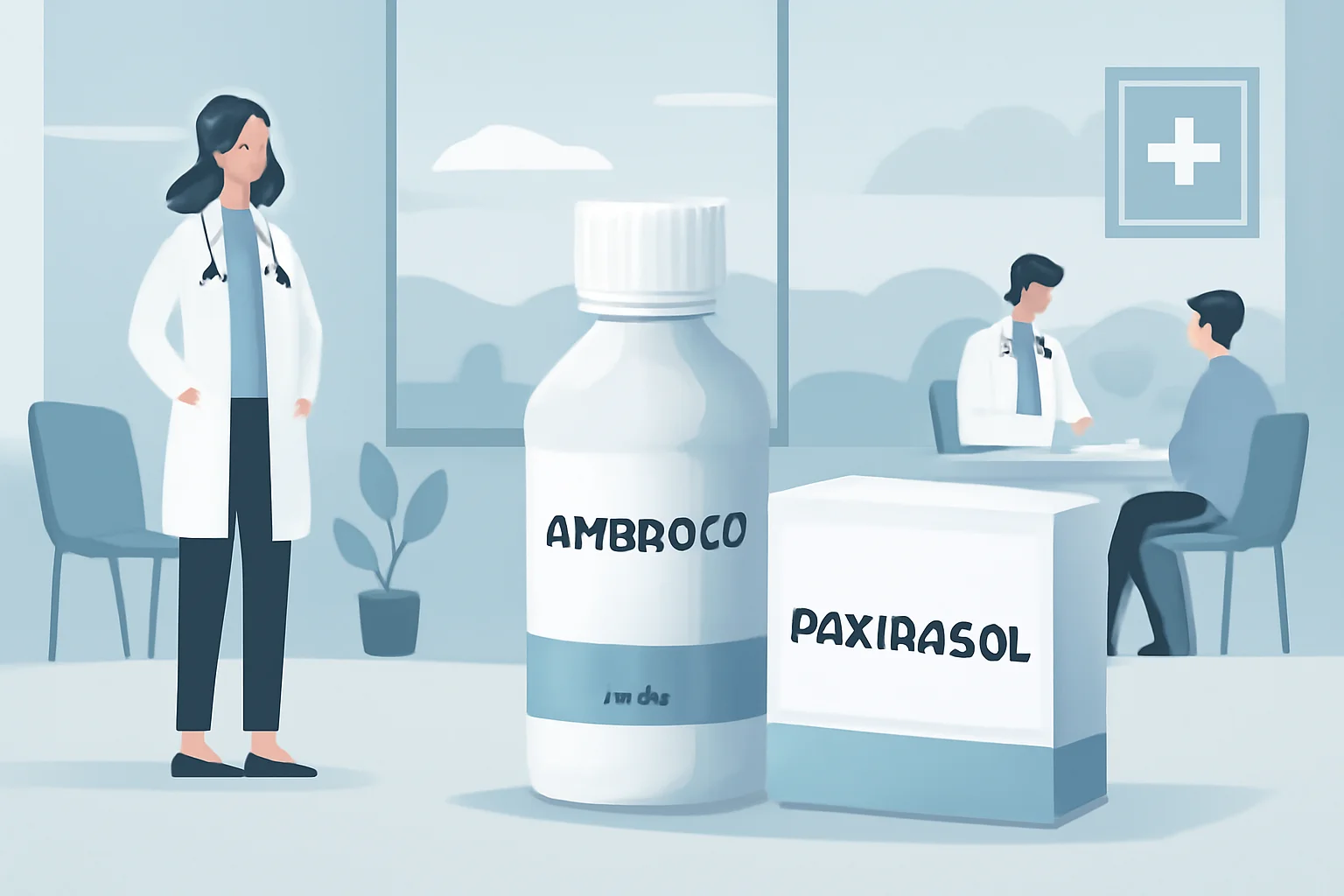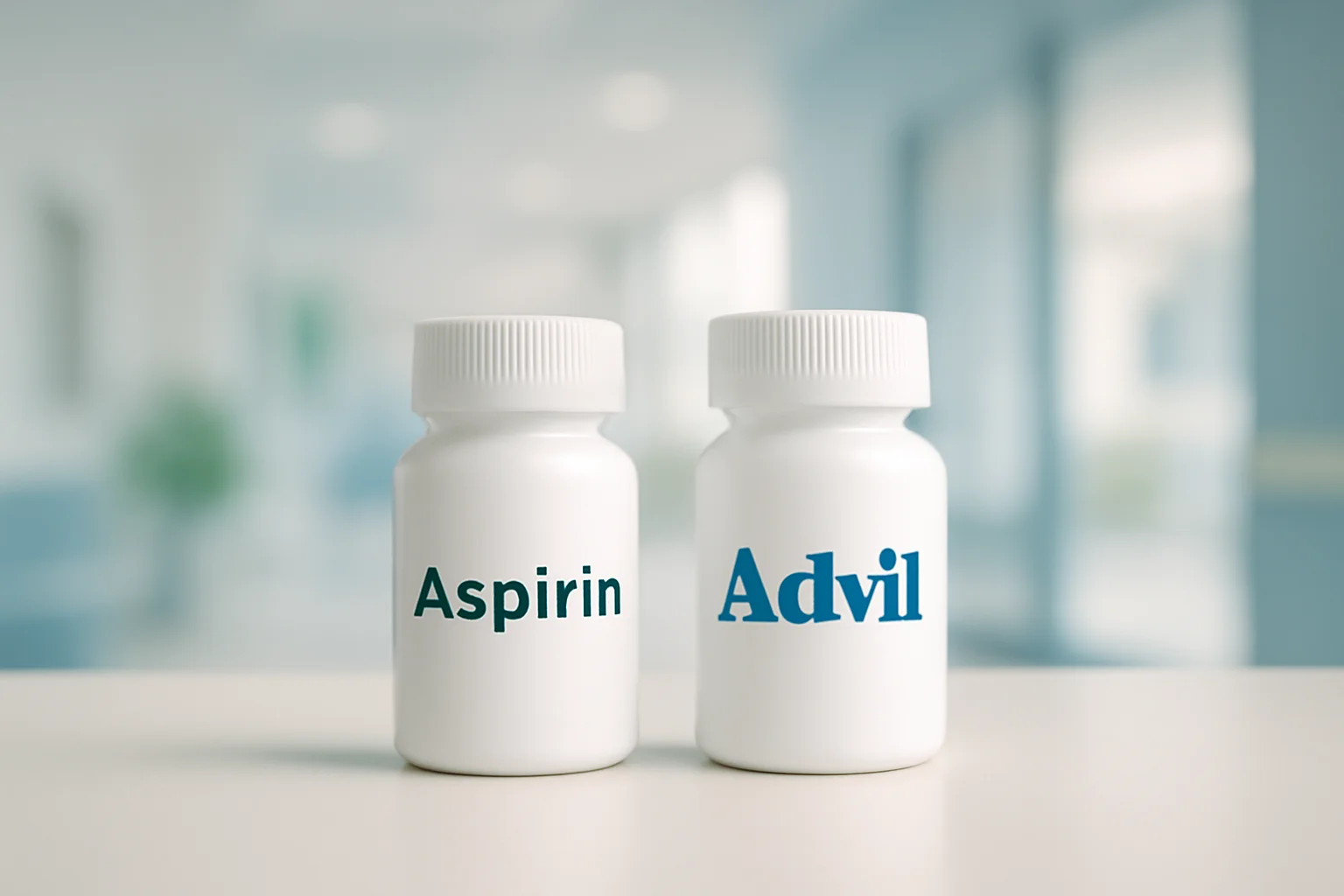
The Causes of Cramps and Pain and Their Effective Treatment Methods
The occurrence of cramps and pain is a common phenomenon in many people’s lives, which can arise from various causes. These symptoms can be burdensome not only physically but often emotionally and mentally as well. Cramps typically stem from muscle tension, while pain can originate from various sources and can vary in intensity. Pain can be acute, sudden in onset, or chronic, persisting over time.
The causes of cramps and pain encompass a wide spectrum, including physical activity, nutrient deficiencies, stress, or even chronic diseases. Many people may experience these symptoms in their daily lives, and while they are often harmless, it is important to pay attention to them. Proper self-awareness and recognizing the signals from our bodies can be crucial in managing and preventing these symptoms.
Understanding cramps and pain can help us manage them better and avoid more serious issues. Below, we will take a closer look at the different types, causes, and treatment options for cramps and pain.
Causes and Types of Cramps
Cramps are sudden and involuntary muscle contractions that can cause discomfort and are often painful. The most common type of cramp is a muscle cramp, which can occur in any muscle group but is most frequently found in the legs, abdomen, or lower back.
Cramps can develop for a variety of reasons. One of the most common causes is dehydration, which can disrupt the body’s fluid and electrolyte balance. This often occurs during exercise or in hot weather when the body loses a lot of fluid. Nutrient deficiencies can also play a role: for example, a lack of magnesium, potassium, and calcium can lead to cramps.
Stress and anxiety can also trigger cramps, as these conditions can cause muscle tension. Prolonged sitting or standing, as well as poor posture, can contribute to the occurrence of cramps. Some chronic diseases, such as diabetes or peripheral artery disease, can also increase the risk of cramps.
The treatment of cramps generally focuses on eliminating the underlying causes. Proper hydration, a nutrient-rich diet, and the application of stress management techniques are important. Regular exercise, stretching exercises, and relaxation techniques can also help in preventing cramps.
Types of Pain and Treatment Options
Pain, as a symptom, can be extremely varied and can manifest in several forms. The type and location of pain can reveal much about its underlying cause. Pain can be acute, sudden in onset, such as from an injury, or chronic, lasting for a longer period and often developing gradually.
Acute pain is generally the body’s protective response, alerting us to injury or illness. For example, pain resulting from a poorly executed movement or an accident typically subsides quickly as the injury heals. In contrast, chronic pain is much more complex and is often influenced by psychological factors.
Common causes of pain include inflammatory processes, injuries, degenerative diseases such as arthritis, and neuropathic pain, which occurs due to nerve damage. There are various methods for treating pain, including medications, physical therapy, alternative therapies, and lifestyle changes.
Pain relievers, such as non-steroidal anti-inflammatory drugs, are widely available and can effectively reduce pain. Physical therapy can also be an effective method for managing pain, as it can help alleviate the source of pain through exercise, stretching, and various techniques.
Maintaining a healthy lifestyle, including regular physical activity, stress management, and proper nutrition, also plays a key role in the treatment and prevention of pain.
Prevention of Cramps and Pain
Preventing cramps and pain is crucial for improving daily quality of life. The first step is to pay attention to our bodies and the signals they send. Proper hydration, a nutrient-rich diet, and regular physical activity can all contribute to the prevention of cramps and pain.
During physical activity, it is important to start gradually, especially when beginning a new exercise program. Warming up and cooling down are essential to avoid injuries and cramps. Stretching exercises help maintain muscle flexibility, which reduces the risk of cramps.
Stress management techniques, such as meditation, breathing exercises, and yoga, can also help reduce muscle tension. Adequate sleep and rest are also important, as fatigue and stress can increase the likelihood of developing cramps and pain.
It is essential to pay attention to our body’s signals and not ignore pain or cramps. If these symptoms occur frequently, it may be worthwhile to consult a professional to rule out more serious health issues.
**Warning:** This article does not constitute medical advice. For health problems, please always consult your doctor or healthcare professional.

